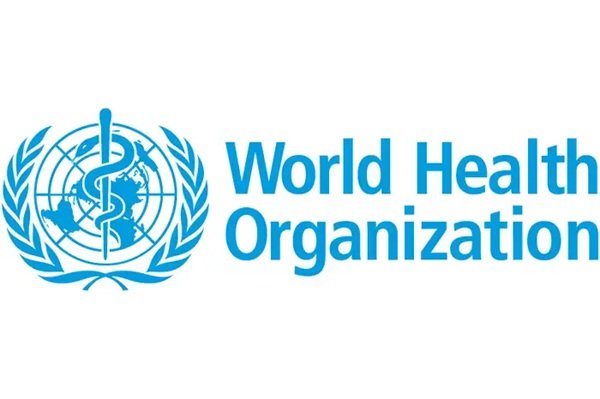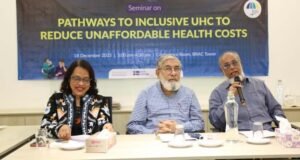
An estimated 61 million people live with hepatitis B, and 9 million with hepatitis C across the South-East Asia region, said the World Health Organization (WHO), stressing that progress is possible.
“Our Region bears one of the highest burdens of chronic viral hepatitis globally, yet most people living with the disease remain undiagnosed and untreated,” said Dr Catharina Boehme, Officer-in-Charge, WHO South-East Asia, in an article marking the World Hepatitis Day on Monday.
WHO’s South-East Asia Region comprises the following 10 Member States: Bangladesh, Bhutan, Democratic People’s Republic of Korea, India, Maldives, Myanmar, Nepal, Sri Lanka, Thailand and Timor-Leste.
Every year, over 260 000 lives are lost, many due to preventable complications of hepatitis.
One of the most devastating outcomes is liver cancer, because of untreated hepatitis B and C infections.
With limited access to early diagnosis and treatment, most liver cancer cases in our region are detected late, when curative options are no longer viable.
Hepatitis testing and treatment services must be scaled up, decentralised to primary care, and guidelines simplified, to reduce the toll of liver cancer due to hepatitis B and C.
“We have the tools to prevent these infections: safe and effective hepatitis B vaccines, affordable diagnostics, highly effective hepatitis B medicines, and the game-changing hepatitis C direct-acting antiviral (DAA) medicines that cure the infection,” Dr Catharina said.
However, problems persist with the complexity and fragmentation in service delivery, lack of services at primary healthcare clinics, poor uptake of services, out-of-pocket expenses, limited awareness, and stigma.
“Together, ‘Let’s Break It Down’ by removing the complexity, ending the silence, and delivering on our promise to eliminate hepatitis by 2030,” Dr Catharina said.
World Hepatitis Day, marked annually on July 28, raises awareness of viral hepatitis, an inflammation of the liver that causes severe liver disease and liver cancer.
It is celebrated on the birthday of Nobel-prize winning scientist Dr Baruch Blumberg, who discovered hepatitis B virus (HBV) and developed a diagnostic test and vaccine for the virus.
This year, the theme ‘Hepatitis: Let’s Break It Down’ calls for urgent action to dismantle the financial, social and systemic barriers – including stigma – that stand in the way of hepatitis elimination and liver cancer prevention.
“In our WHO South-East Asia Region, viral hepatitis continues to cause needless suffering, silently leading to liver disease, cancer, and hundreds of thousands of preventable deaths each year,” Dr Catharina said.
The WHO official said they must embed hepatitis services within essential health packages, leverage primary health care platforms, and align responses with maternal and child health, HIV, STIs, TB, non-communicable diseases, blood safety, infection prevention and control, occupational health and universal health coverage efforts.
“We have to prioritize hepatitis B birth-dose and completion of the vaccination schedule, integrated safe motherhood services, harm reduction services, and community-based outreach to close the equity gap,” said Dr Catharina.
“Countries across our region are innovating, including adopting simplified testing and treatment service models, integrating hepatitis as part of essential services and under social health insurance coverage, and reaching key populations with dignity and compassion,” said the WHO official, adding that these efforts need to be scaled and sustained with strong political will and investment.
 Weekly Bangla Mirror | Bangla Mirror, Bangladeshi news in UK, bangla mirror news
Weekly Bangla Mirror | Bangla Mirror, Bangladeshi news in UK, bangla mirror news







